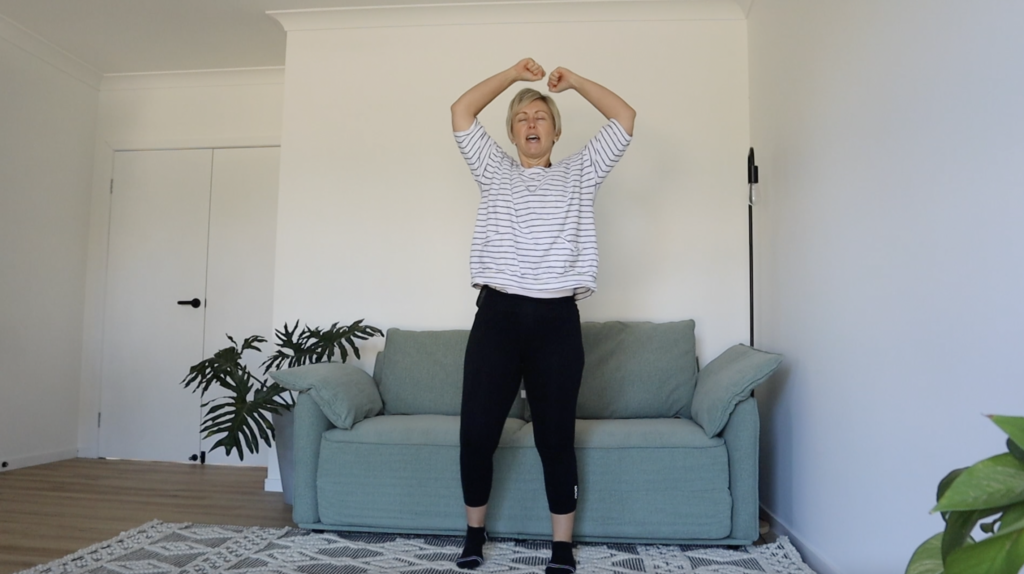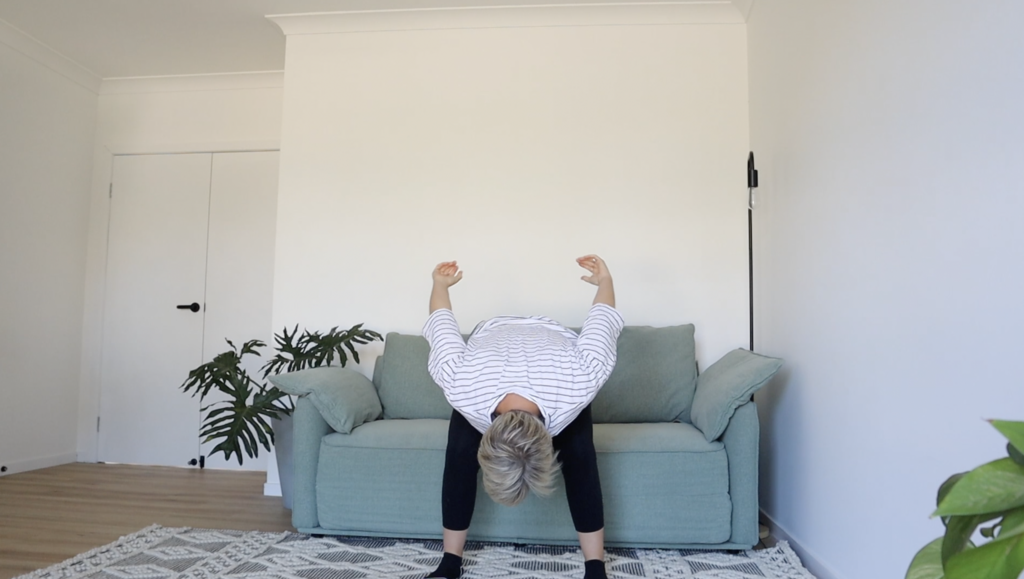Emotional regulation for kids (and Mums) – 4 practical tools for calming down
Emotional regulation for kids doesn’t have to be complicated. It’s just about you modelling how you regulate your own emotions (ie. staying calm), while teaching them alternatives to screaming, hitting, fighting, etc when they’re feeling angry, frustrated or overwhelmed.
We’ve all had those days. You’ve spent ALL day patiently redirecting. Weathering the meltdowns over the wrong coloured cup or the way their brother is looking at them. You’ve kept them busy with fun activities and helped them to navigate conflict calmly. And yet still, here we are.
Meltdown city. Theirs mostly, but yours threatens to follow.
You take a deep breath in trying to calm yourself down. But even that’s not cutting it.
What else can you do in those moments when you’re struggling to stay calm and not get all shouty? (the
exact thing you’ve been trying to teach them not to do all day).
Let’s go through some practical tools for emotional regulation for kids that you can also use when you’re about to flip your lid.
4 tools to emotional regulation for kids
Breath work
When I’ve run out of patience (and especially when my kids are getting physical with each other), breathing slowly through the nose doesn’t cut it. Try this breath work practice instead (and teach it to your kids too) to help them calm down.
How to:
- Breathe in through your nose and audibly out through your mouth.
- Imagine your shoulders and the rest of your body getting heavy as you breathe out.
- Repeat for at least 5 breaths trying to make your exhale as long as possible.
Depending on their age you might be physically holding them as you do this. I’ll often ask my kids to “breathe with me.” Or even just say “listen to my breath”. Ideally you want to model what you’re
doing to calm down, rather than just yelling at them to “breathe!”.
Why? Because nobody in the history of the world has ever calmed down because they’ve been shouted at to breathe. Will this work immediately? Not necessarily. But if you keep modelling it, over time your kids will start to use breathing as a way to focus and calm themselves when they’re feeling overwhelmed.
Throw it down
Some days even audible breathing won’t be cut it. On those days we throw it down. Usually the action of this movement is enough to snap us all out of the conflict and stress and it feels a bit mad so has us laughing in no time.
How to “throw it down”
- Take a big breath in like you’re gathering up all your anger and reach your hands over your head.
- Throw your arms down towards the ground as you breathe out through the mouth.
- Repeat this for 5 breaths or until you feel like you can laugh at how silly this feels.

Heel Drops
Loud mouth breathing and throw downs are great at home. But if you start doing this out in public, you might find people start checking in to see if you’re okay. A more subtle tool like heel drops can be helpful when you’re out and about.
Heel drops are a somatic (a fancy word for body-based) tool that helps to bring you back into your body when you’re feeling overwhelmed and stressed. Reconnecting with your body will remind you to breathe and to get some mental space from whatever is stressing you. All of this helping you to respond in a calmer way.

How to practice heel drops:
- Begin by standing with your feet hip distance apart.
- As you breathe in come up on your toes.
- As you breathe out let your heels drop to the ground. Keep doing this at a slow rhythm while you focus on your weight as it hits the ground. Notice how this reverberates through your legs and hips as well.
- Let the rest of your body soften and relax as you let the weight hit the ground.
Break the stress with play
Play is the great circuit breaker. When you’re butting heads and can’t catch a minute without someone whinging about something, initiating play is a great way to help everyone shake it off, including you.
What’s the trick for finding something that works for everyone? It has to feel like play for you too. For me, initiating a handstand or cartwheel competition helps me to get out of “adult- must-discipline-mode” and helps me remember what it feels like to be a kid. Also, it’s pretty much impossible to take yourself so seriously when you’re falling out of a handstand.

Play will look different for every family. It could be starting a tickle fight, or telling your funniest knock knock joke. Perhaps you like to dance around your kitchen to 80s music or jump on a trampoline. It doesn’t really matter what it is, as long as it snaps everyone out of stress mode and helps to bring you back to calm.
Of course, this doesn’t mean that whatever was happening before the play break needs to be forgotten. You can have those serious conversations afterwards or perhaps at this point someone to apologise. The important this is to do this AFTER you’ve ditched the cranky pants with some play. Everyone will respond better from that place, including you.
Do you want to learn more tools to improve emotional regulation for kids (and you)?
Try this guided meditation for Mums who are feeling stressed and anxious.
Join my Online Yoga Circle community for more yoga practices and tools to ditch the stress and actually enjoy motherhood.

